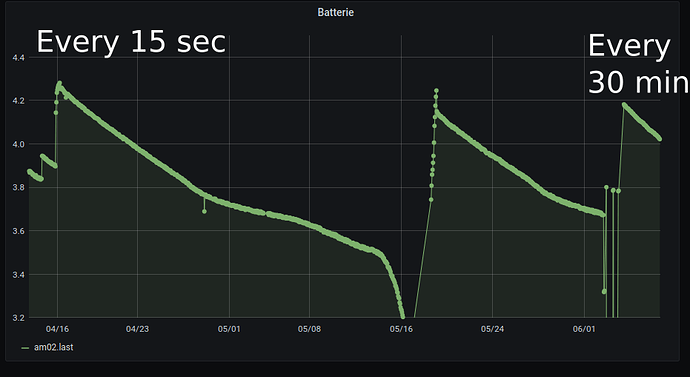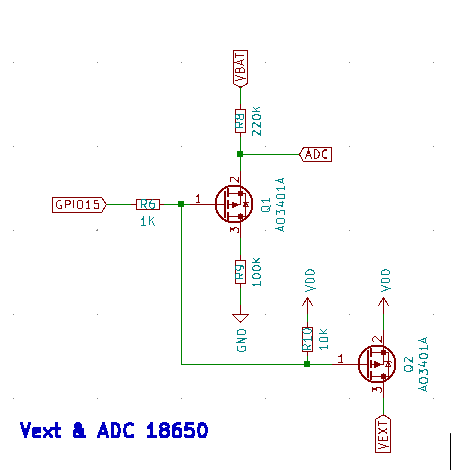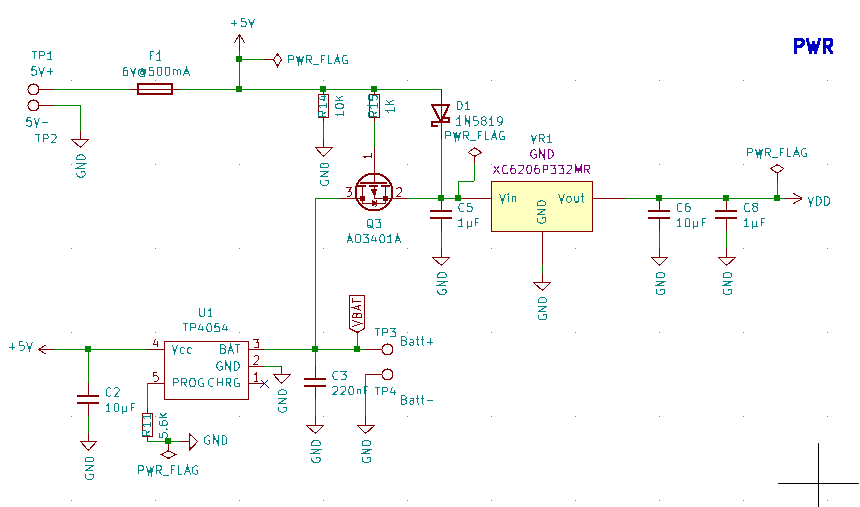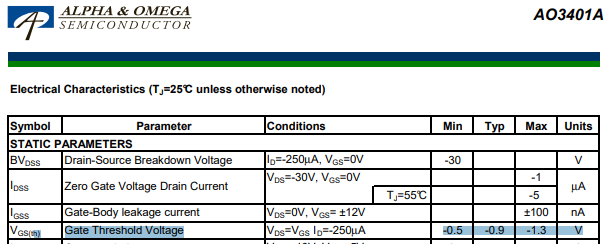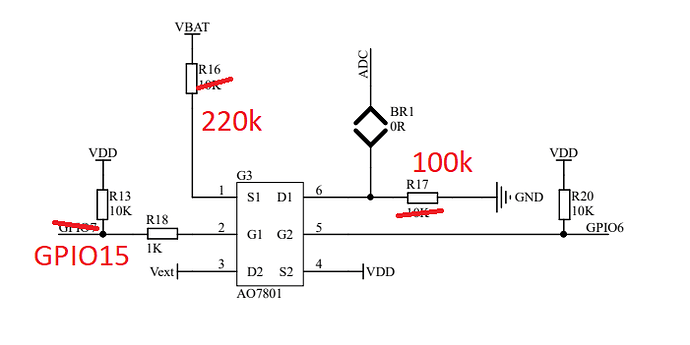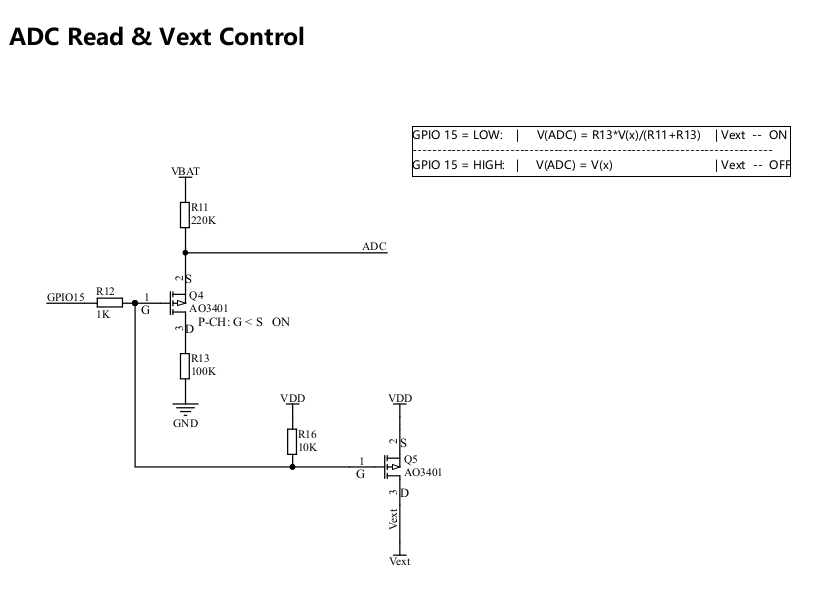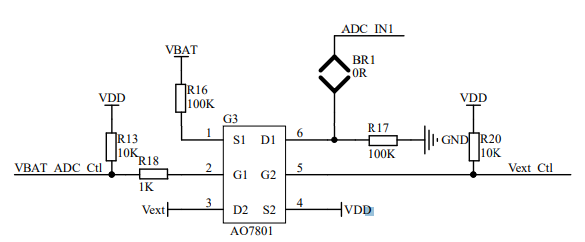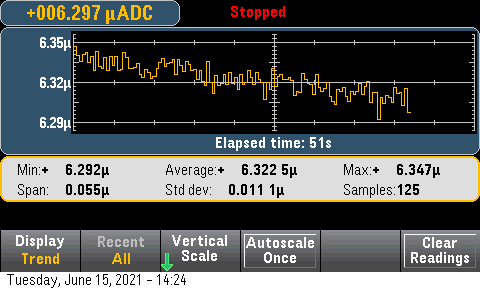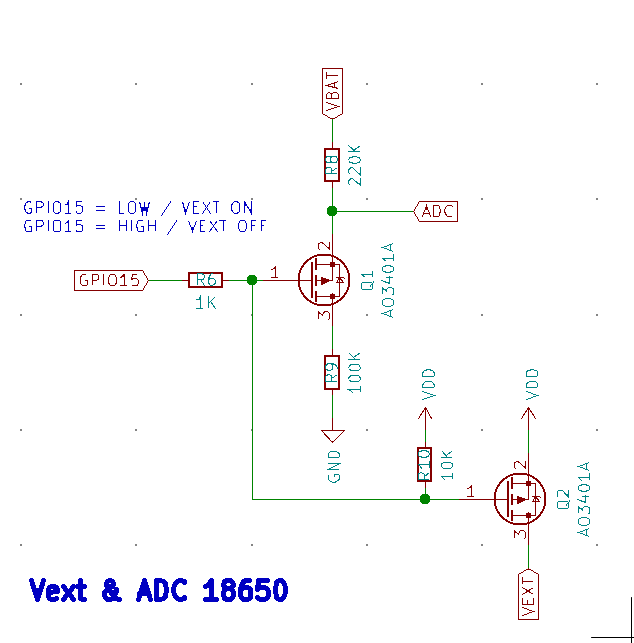Hi @ksckung, I definitvely use this sensor for my new revision of my PCB. Thank you for the advice.
I actually doing test for battery autonomy. It seems that with or without Vext OFF & Wire.end in the code, my battery is drain at the same rate.
Same result when I send data every 15 seconds or every 30 minutes …
I use the AM02 arduino compatible reference design wich include TP4054 with a 18650 battery. I have a 555timer for pulse reading for an irrometer and an SHT31 both on Vext. The sampling time is verry quick, and I send Vbatt, the irrometer value, temperature, humidity on the payload.
I2C is also connected to Vext, I use the pins 24/25 of the module.
I place the sensors reading of the PrepareTx function based on the LoraWan example.
Do my module really enter in deep sleep or do I have a component that drain battery ?
It clearly needs more investigation…

